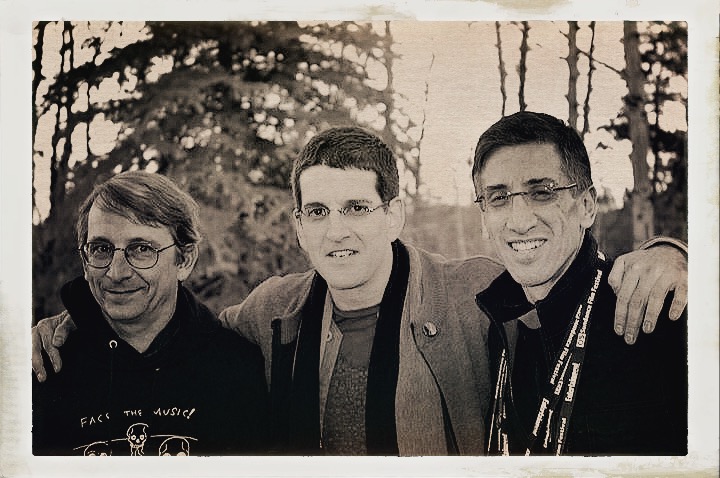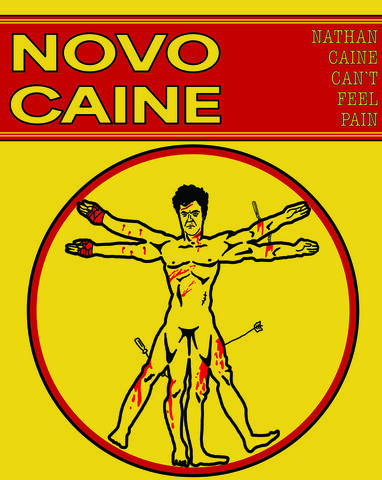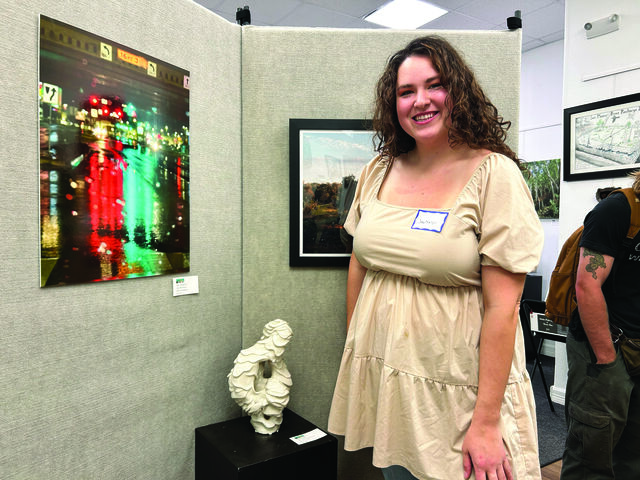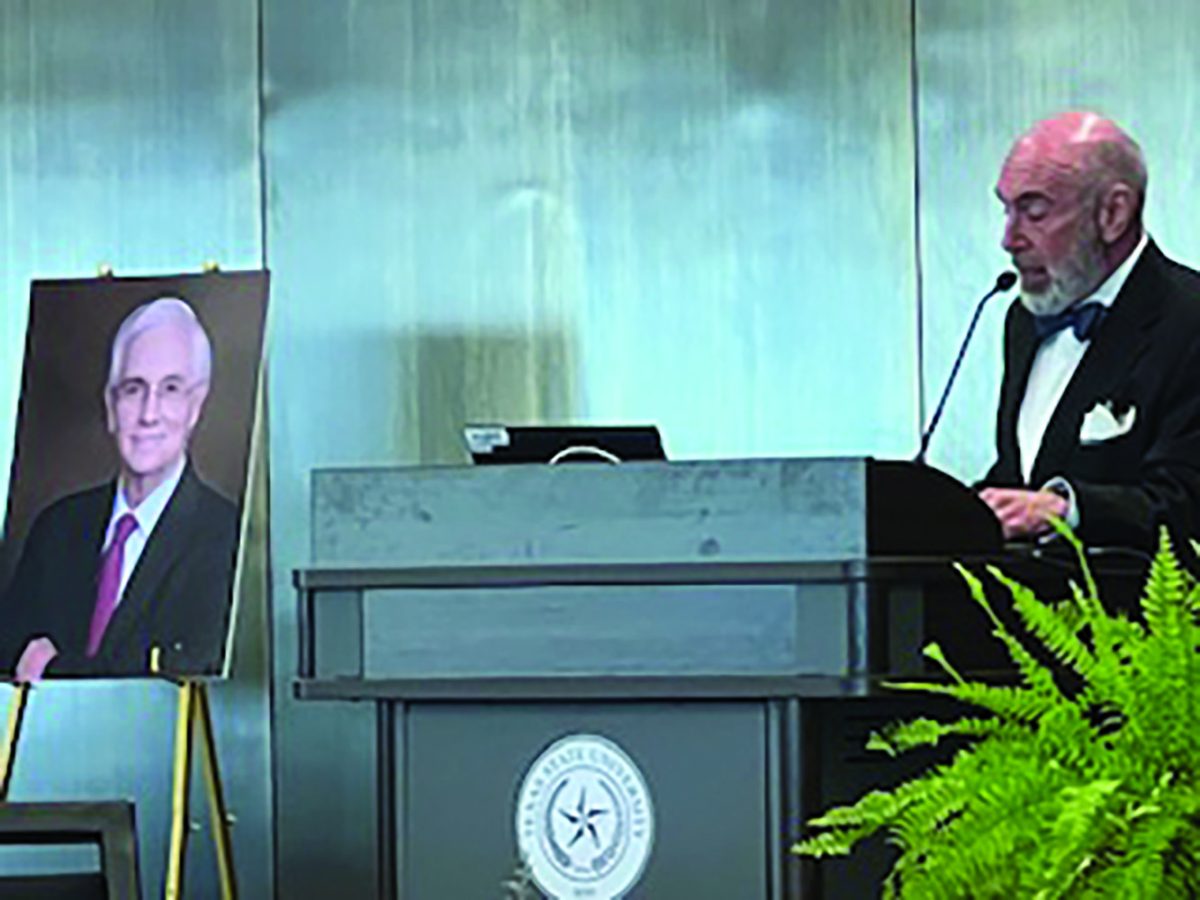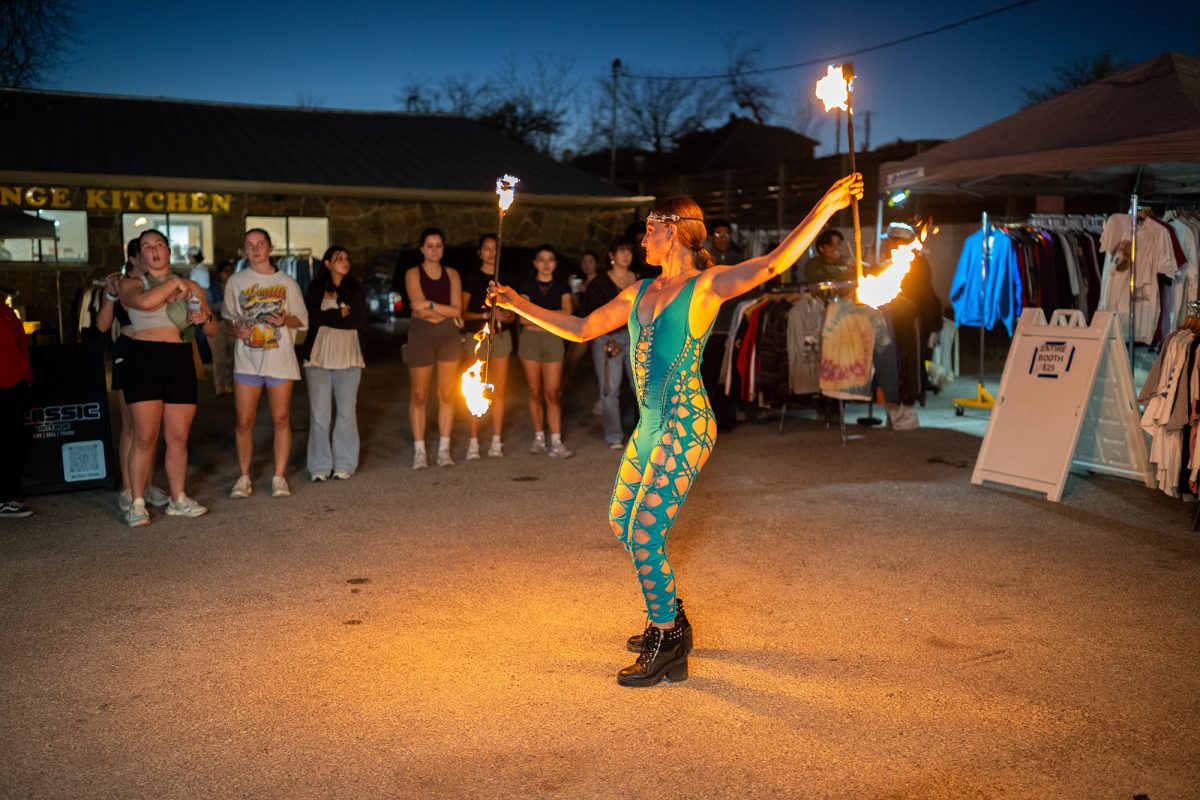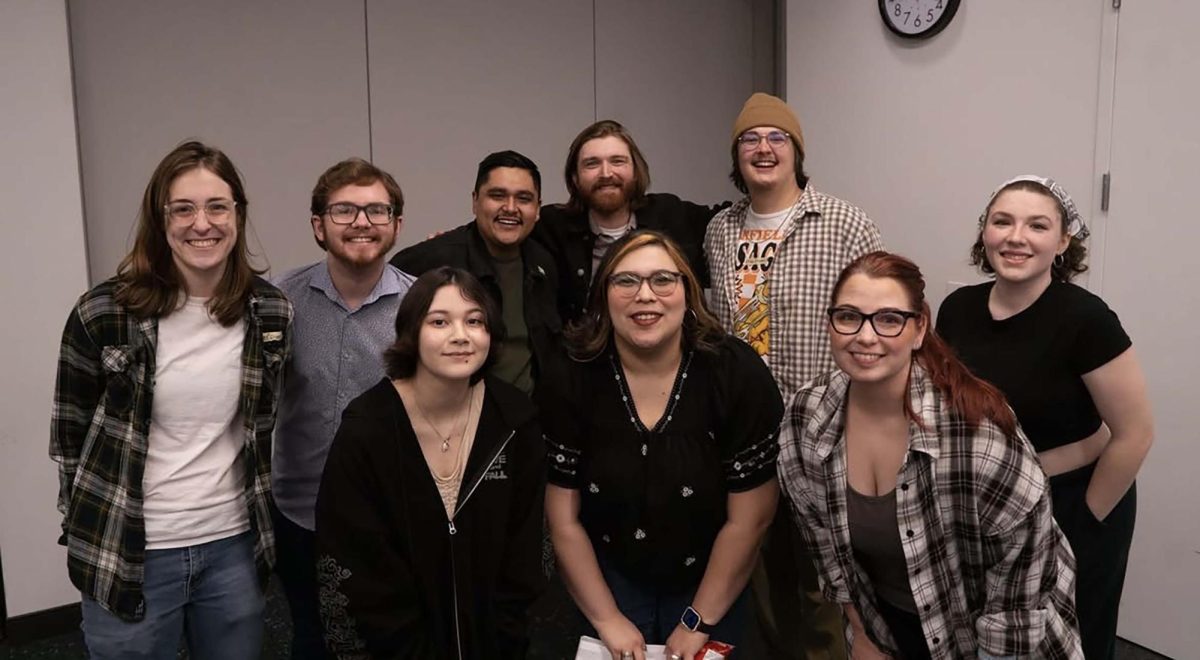With decades of writing and performing jazz, Hank Hehmsoth, associate professor of practice, uses his professional experience to teach courses and advise students.
Since July, Hehmsoth had nine tracks from his five albums featured in twelve compilations. As these were the first times a song of his had been on a compilation, he said the experience gave him a new way of thinking about how his music connected with people.
“I learned that it’s not just about my music, it’s more about the mood and the environment it creates,” Hehmsoth said. “I was just thrilled to have all these tracks out there, and it showed me how music can get repurposed to fit different settings.”
“Mirror, Mirror” was the first featured song of Hehmsoth’s. After hearing some songs from Hehmsoth’s albums, an artists and repertoire (A&R) representative approached him. The representative liked his music and wanted him to send some short tracks, which led to the selection of the song onto a compilation meant for restaurants and coffee shops.
Before deciding, Hehmsoth contacted Ken Nelson, Anthemic Arts owner and a colleague from UT Austin, in the spring for advice. What stood out to Nelson was that the company wanted a fee to distribute and represent the music, as it was not usually required, but it thought the opportunity was a good start for people around the world to hear someone’s music.
“[It’s a really good start] for the beginning of getting some distribution and some airplay, but some streaming going in to find its way into different streaming services, and also music services so that it could be heard and generate some revenue, some royalties,” Nelson said.
Similar situations happened for Hehmsoth’s other songs, as he received emails to promote his songs in the other compilations on his social media. Every time a compilation came out, he posted the photo on his Instagram and invited people to listen to it.
To promote his work, Hehmsoth also teaches online and is learning about using different social media platforms. He found a few LinkedIn courses provided to faculty and students that gave ways to promote music and provided knowledge about screen services and distribution.
“One of those things I learned on the LinkedIn training was to get a lot of followers because before a label is going to look at you, they want you to have a robust social presence,” Hehmsoth said.
Jan Nowicki, Fire Station Studios engineer and producer, said an A&R representative has to believe in an artist enough to hire them. When his students ask him how to network, Nowicki tells them to be out there in the local scene where people can see them.
“People love seeing people,” Nowicki said. “I will get way more business as a person who’s physically being seen at multiple shows because it’ll show I care more. Even if I hate the bands that are playing… if I’m there at a show, in front of another band, like watching them, it shows to all of them as artists, that I care.”
Hehmsoth recorded most of his five albums years ago but released them all this year. He created the first four with his trio, the late drummer Scott Laningham and bassist Spencer Starnes. He did not want to release the albums after their deaths. After being in a quartet with a friend for his fifth album and releasing it in March, Hehmsoth wondered what he was waiting for and released the four albums.
“It’s really great that even years later, their contributions live on, and they get heard by new audiences, and this is around the world, so it’s pretty cool,” Hehmsoth said. “There’s a personal journey behind some of these tracks.”
To view more of Hank Hehmsoth’s albums and music, visit his discography at https://www.music.txst.edu/info/faculty/bios/hehmsoth.html.











